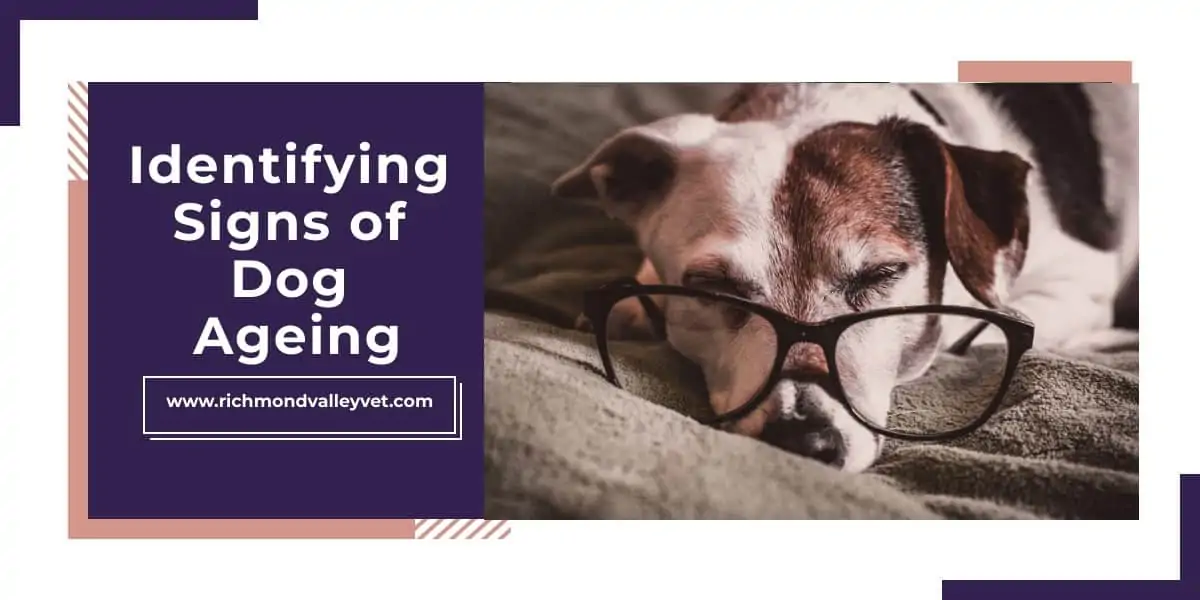
Caring for a senior dog is always an overwhelming task. However, identifying the signs of ageing or determining when your senior companion needs that special attention can be more challenging.
There are several factors that influence ageing in dogs. For instance, size and life span of the dog can vary when it comes to determining the seniority factor i.e. a Great Dane between 5 to 6 years can be considered as a senior dog while a Dachshund is not considered senior until she is 10-11 years of age.
As an owner of a senior dog, it is ideal to be knowledgeable about some signs of ageing in your pooch.
Eye problems
One of the most common signs of ageing in dogs is the gradual loss of vision. If you feel that your companion is finding it difficult to find his way around, especially through the areas he has been roaming around for the past couple of years, it is a sign of vision issues.
With time, your pooch will start bumping into things. His eyes will show the signs of trouble via cloudiness or redness. This is when you need to take him to a veterinarian for a detailed eye check up.
Skin and hair coat changes
This is a common issue with all the senior pooches. As they age, the smoothness and the shiny appearance of their coat diminishes. The hair around the eyes and the muzzle turns grey.
The coat, with time, becomes thinner. With these symptoms on the show, it is ideal to get your pet diagnosed for nutrition deficiency. On some occasions, the thinning of the coat can be greatly controlled if your pooch is experiencing nutrition deficiency.
Arthritis
Senior dogs and arthritis is a common combo. Older dogs, especially the large breeds with the possibility of having hip dysplasia are more vulnerable to arthritis.
You should also note that dogs that have had any bone injuries have higher chance of getting arthritis during the later stages of their life. A senior dog with arthritis might find it difficult to do most the routine activities like exercising, going up or down the stairs.
One way of keeping arthritis under control is to foresee the concern and play a routine exercise activity for your pooch. Exercise routine can keep your dogs muscles oiled and strengthen it with time. Plan an exercise routine for your dog diagnosed with arthritis by considering his capabilities. This is where a veterinarian’s advice can be utilized.
Difficulty to adapt to temperature changes
As your pooch becomes older the metabolism in his body changes, which makes it difficult to regulate the temperature within the body. So if your dog could handle hot climate when he was young, he might not be able to handle the situation with the same strength when he is old.
Monitor the temperature changes and watch closely to understand how your dog is responding to it. Keep him comfortable by keeping him indoors during extreme hot conditions and providing him with a heater during extreme cold conditions.
Older dogs can be difficult to understand, they seem to enjoy their loneliness and might want to interact less. However, it is important that you talk to him and give him company during these stages. This will help you to keep his mind and body stimulated.
